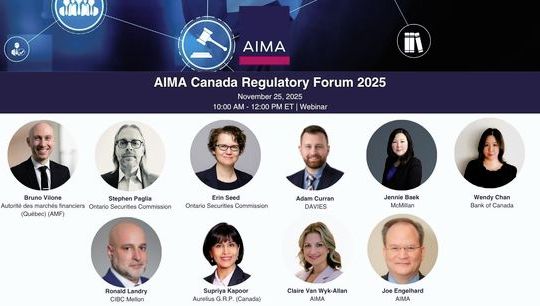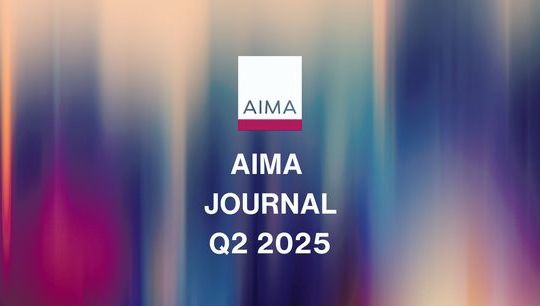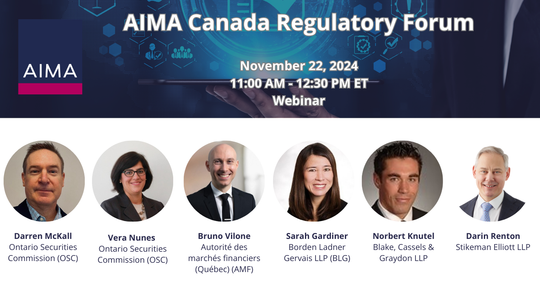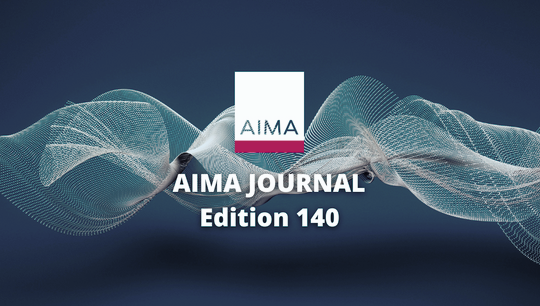Further details of EU requirements for green funds released
By Mark Browne, Clerkin Lynch LLP
Published: 30 November 2021
The European Union (EU) has been adopting legislation to assist in progressing the drive towards fund products that acknowledge environmental, social and governance (ESG) factors in recent years as part of its action plan on sustainable growth and the European Green Deal. The relevant primary level legislation was designed to be supplemented by more granular detail contained in regulatory technical standards (RTS) and the final report on related draft RTS[1] (the “Final Report”) was issued by the European Supervisory Authorities (ESAs) on 22nd October 2021.
Background
The Sustainable Finance Disclosure Regulation[2] (SFDR) and the Taxonomy Regulation[3] were two key pieces of legislation adopted in recent years in the EU relating to ESG considerations for funds as part of the “Action Plan: Financing Sustainable Growth”[4]. Other key legislation included the Climate Benchmarks Regulation[5].
The Taxonomy Regulation sets out a classification system and list of acknowledged environmentally sustainable economic activities. The underlying rationale is that by providing for appropriate definitions under which economic activities can be considered environmentally sustainable it should protect against misleading or false claims in this regard (often referred to as ‘greenwashing’), facilitate comparisons across sectors and assist companies to become more climate friendly.
The SFDR, whose provisions commenced from March 2021, provides for both manager and product level disclosure requirements. These include requirements pertaining to pre-contractual disclosures, website disclosures, periodic reporting, and marketing. There are specific and heightened requirements pertaining to funds which promote ESG aims, known as ‘light green’ funds (Article 8) and those which have sustainable investment as their objective, known as ‘dark green funds’ (Article 9).
The Final Report was prepared through a joint committee of the ESAs and primarily relates to the content and presentation of disclosures for the abovementioned ‘green funds’ falling under Article 8 or 9 respectively.
The Final Report
The Final Report includes templates for pre-contractual (prospectus and marketing) and periodic (financial statement) disclosures for related products. The approach taken has been to amend the existing draft RTSs (published 4th February 2021) to form a single rulebook in order to minimise duplication and complexity.
The amended RTS require both the identification of the environmental objectives which underlying investments of a relevant fund contribute to and the inclusion of substantial disclosures on ‘how and to what extent’ they qualify as environmentally sustainable investments. In order to comply with the first of these requirements there will be an obligation to include an indication as to whether an auditor or other appropriate third party has assessed the compliance of the underlying investments with such environmentally sustainable economic activities (and if so to cite the name of this entity). In the case of pre-contractual disclosures there s–hould be an indication as to whether such an assessment will be performed.
In relation to the latter aspect, in order to disclose the extent of underlying investments that qualify as environmentally sustainable, pre-contractual disclosures will be required to contain a graphical representation of this as a key performance indicator (KPI) as well as including related narrative disclosures.
The RTS include rules for the calculation of the environmental contribution (in terms of relevant activities as defined under the Taxonomy Regulation) of non-financial entities invested in. Similarly, the required periodic disclosures must contain graphical representations of the extent to which investments in non-financial entities undertaken qualify as environmentally sustainable and there will be additional narrative disclosures including an analysis of activities invested in distinguished by environmental objectives and whether the activities are enabling or transitional (as defined).
To better ensure transparency and comparability a dual approach to the preparation of the KPIs is provided for - one including sovereign exposures in the overall calculations and one excluding this sector. This will assist in avoiding distortions of KPIs for funds with high sovereign exposure, a differentiator which has been deemed appropriate to highlight given the absence of a reliable methodology to ascertain the extent of related activities that fall under the headings of the Taxonomy Regulation. Again, specific rules for the calculation of KPIs, including relating to constituents of their numerator and denominator in respective cases are included. There are also separate rules set out in this regard for ‘green bonds’ to be issued under the (pending) EU Green Bond Standard.
Other changes to the existing requirements addressed in the amended RTS include an obligation to identify whether sustainable investments are environmental or social in focus and in the case of environmentally sustainable investments whether they are aligned with the headings under the Taxonomy Regulation. The pre-contractual disclosures will be required to disclose not only whether but also how principal adverse impacts on sustainability factors are considered in relation to a financial product. This also needs to be given greater prominence in the pre-contractual documentation – appearing above the description of the investment strategy.
It should be noted that the templates included in the RTS contain new provisions that also relate to funds other than light and dark green funds (i.e., Article 5 and 6 funds) to the extent that they contain taxonomy aligned investments.
Timelines and next steps
It was originally indicated that the application date of the new RTS would be 1 January 2022. However, it is anticipated that this will now be moved out to 1 July 2022 following correspondence from the European Commission and in light of acknowledgement of this by the ESAs in the Final Report. For the moment Managers should assess whether, and the manner in which, their funds fall within the scope of the RTS and would be advised to commence a review of their materials to ensure they are in a position to comply with these provisions as early as possible. Given not just the disclosure requirements but also the ongoing reporting obligations contained in the RTS consideration should be given to the adoption of appropriate policies and procedures to ensure the analysis of relevant data and the production of relevant outputs. Fund boards will need to consider ensuring not just initial compliance but also the extent to which existing service providers will be able to assist in meeting these ongoing requirements and whether any additional specialist assistance would be required or appropriate.
[1] “Final Report on draft Regulatory Technical Standards with regard to the content and presentation of disclosures pursuant to Article 8(4), 9(6) and 11(5) of Regulation (EU) 2019/2088”, Joint Committee of the European Supervisory Authorities, 22nd October 2021
[2] Regulation (EU) 2019/2088
[3] Regulation (EU) 2020/852
[4] European Commission, 3 March 2018
[5] Regulation (EU) 2019/2089 amending Regulation (EU) 2016/1011







